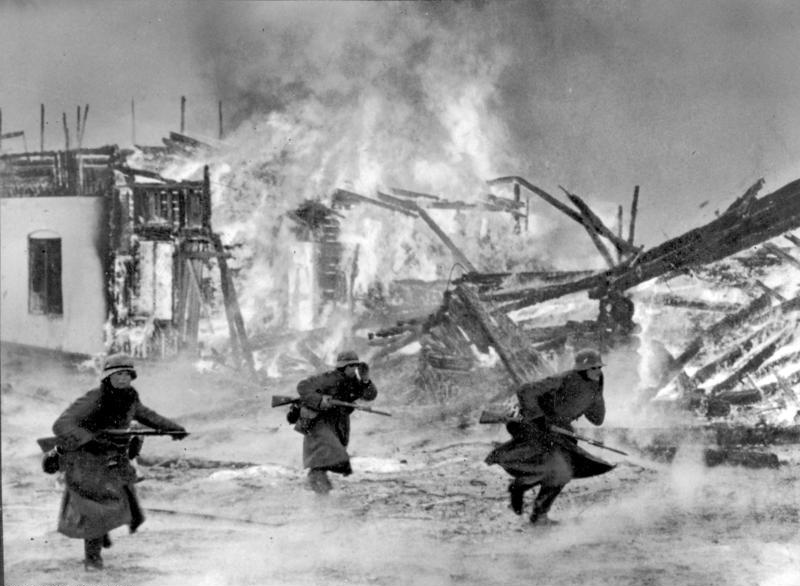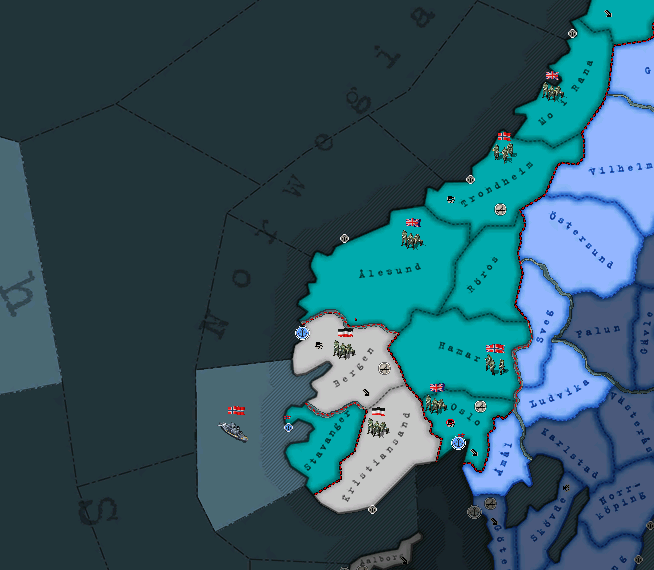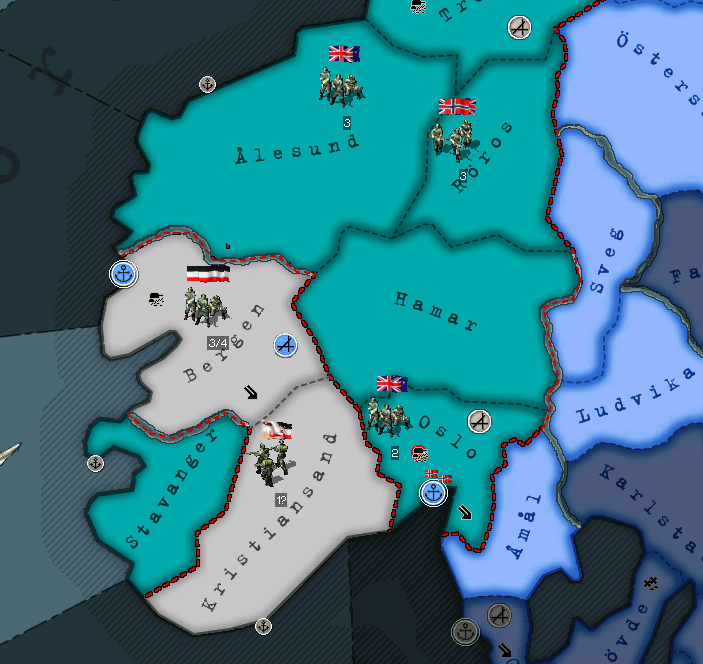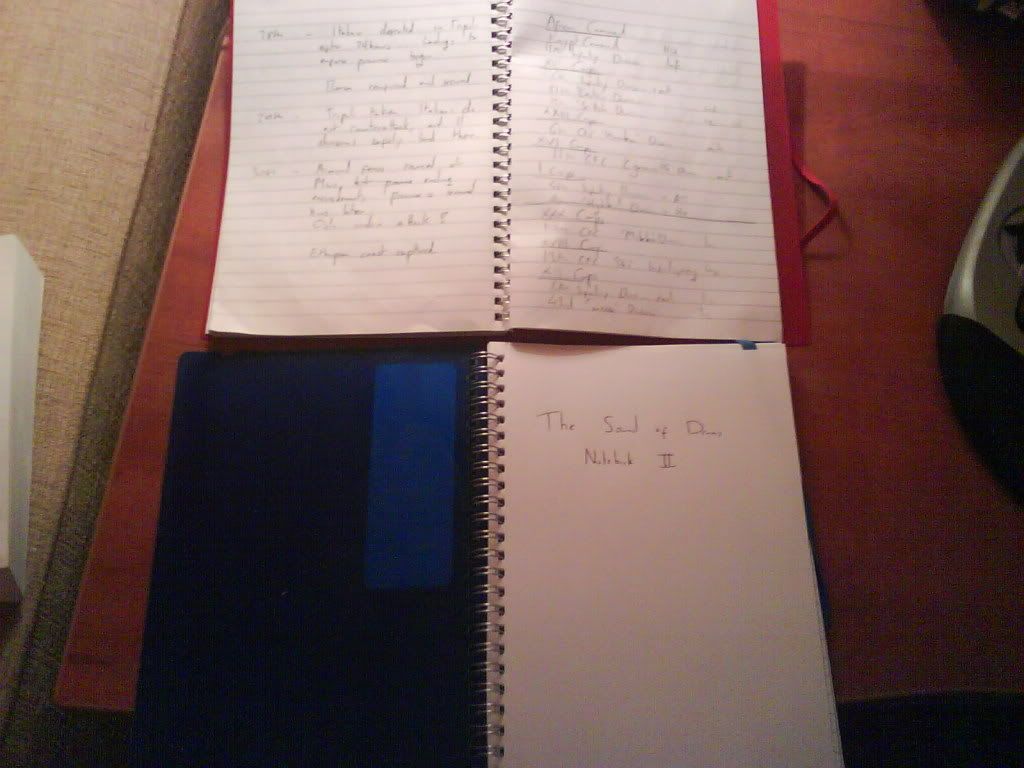The Sound of Drums - A British Hearts of Iron II AAR
Part Forty-Six
14th July - 1st August 1940
In Africa the British Army was fighting an enemy totally unprepared for a sustained campaign. At sea, the British Fleet was fighting an enemy both under-strength and outgunned. There was only one campaign where British forces faced an enemy anywhere near their equal: Norway.
It had been hoped that the four German divisions would remain in the province of Bergen. They were surrounded: British, Norwegian and Australian troops occupying all neighbouring regions and digging in for a long siege. Allied forces had every reason to hold the lines - the recent news that the Grand Armada had forced the First Flotte into Rotterdam meant that the Germans had very little chance of being resupplied. If Hitler couldnt be fought out of Norway, he would be starved out.
The Battle of Kristiansand
As ever, the German forces were happy to surprise their enemy. Having already identified the Australian forces as the weakest element in the Allied forces, they struck at their positions in Kristiansand, south of Bergen, abandoning the bulk of their prepared defences in the hope of gaining a port closer to occupied Denmark. The Australians were fleeing to Oslo within hours.
Encouraged, two German divisions then struck east at British/Norwegian positions in Hamar. Here they faced a far more determined enemy, with the Norwegians providing a formidable defence while the motorised troops of the 3rd CFC Perfection Division exploited any exposed regions of the attack. If the German forces had hoped to encircle Oslo before an assault, then they were sorely disappointed.
Norwegian situation after two days of battle.
Whether shaken by the tenaciousness of the Allied defence at Hamar, or simply resting the troops before a fresh attack, the German forces did not make any major movements for another week. Fearing another assault on either Hamar or the Norwegian capital, Allied command created a series of counter-attack plans in the event of a fresh German assault. They did not have long to wait - on the 24th, a week after the fall of Kristiansand, all four German divisions in Norway launched a second offensive at Hamar.
Allied forces there - two Norwegian and one British divisions - were not capable of defending against the onslaught. They held on anyway. For over two days they held the lines, slowly falling back to the hills in Røros north of them, delaying and distracting their foe as best as they could manage. Through this action they allowed the Australian forces in Oslo a redemption of sorts, as the ANZAC forces there launched an attack at German positions in Kristiansand. As Hamar was abandoned by the Allies, Kristiansand was lost by the Germans.
Even weakened, the Germans were willing to take their chances. Reinforcements for Kristiansand arrived to halt the Australians and launched an immediate attack towards Oslo. There was no support from Hamar however - German forces had not yet arrived in the region yet - and the attack came to an end almost as soon as it had begun.
Norway, 30th July
It had been two weeks of long, arduous warfare, and there was no clear victor in sight. Every time the Germans launched an attack, they achieved success only to be thwarted by a British counter-offensive. They could take some solace in the fact that, despite being badly bruised, they were slowly pushing towards the primary objective of Oslo, guarded by the weary troops of the 1st Australian Infantry Division

 ) I'll give you the long awaited industrial report:
) I'll give you the long awaited industrial report:
 oomsday after reading the 'Written from the victors' AAR. This AARs been a good read too so far ^^. I guess I just really suck as Britain because I always get overrun by Germany.
oomsday after reading the 'Written from the victors' AAR. This AARs been a good read too so far ^^. I guess I just really suck as Britain because I always get overrun by Germany. 
 - Its pretty much impossible to lose as America, right?
- Its pretty much impossible to lose as America, right?





